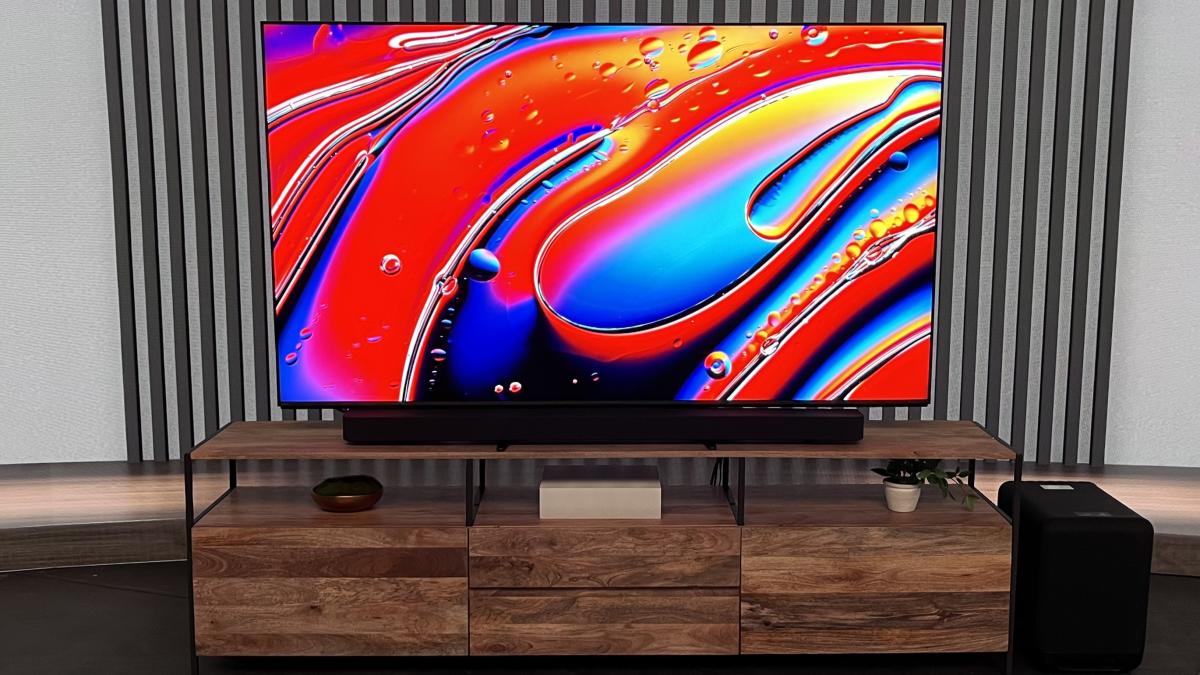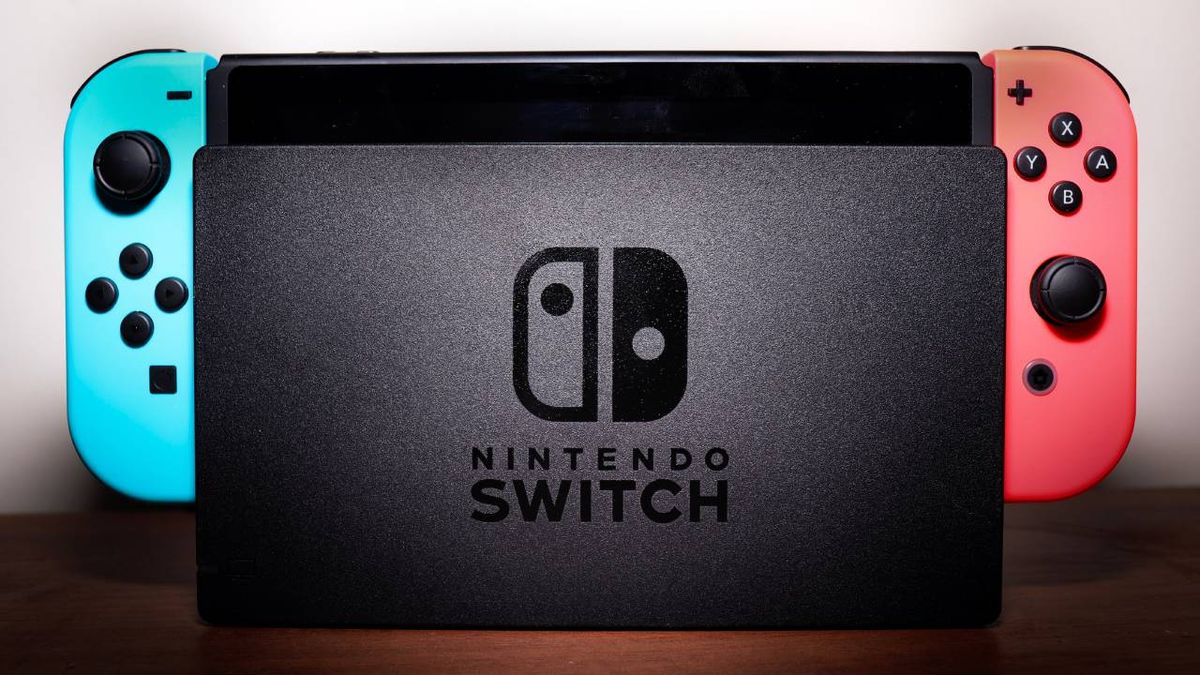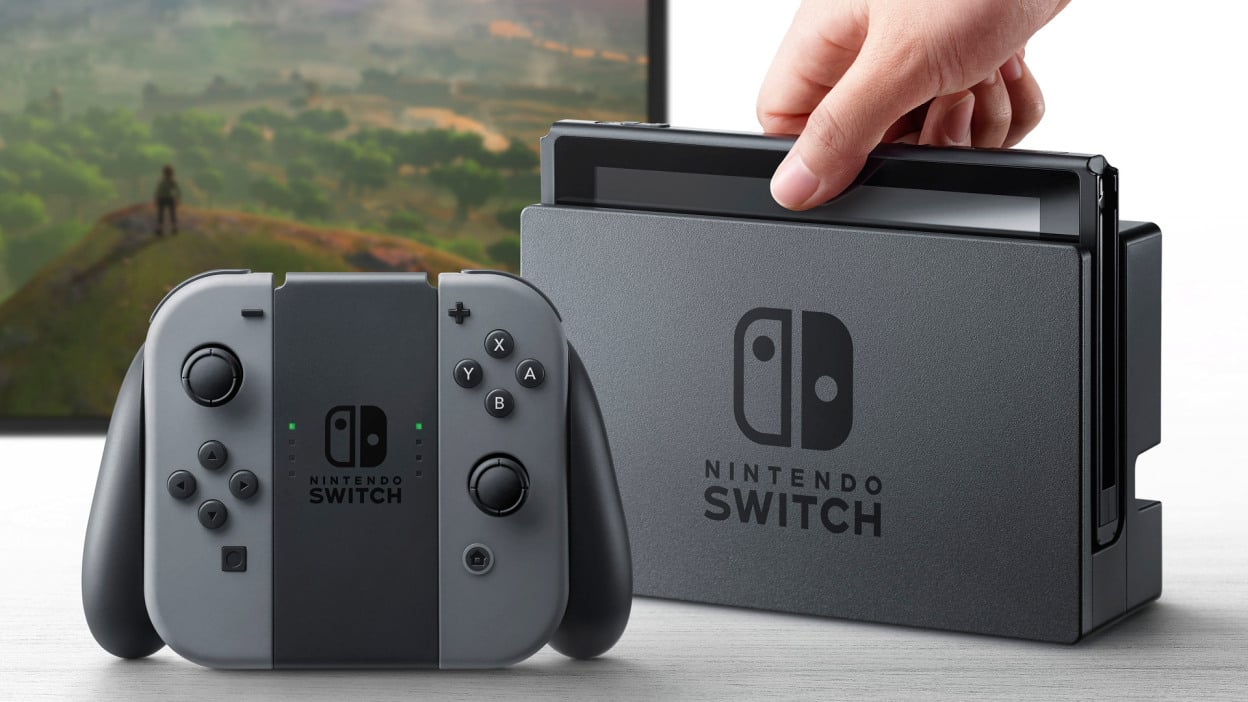In a significant move to enhance the user experience and potentially close the gap with Apple’s Vision Pro, Meta has announced a series of updates to the UI of its Quest line of VR headsets. This strategic update could signal Meta’s ambition to compete more directly with Apple’s premium mixed-reality offerings.
Key Highlights:
- Introduction of the Direct Touch feature in the Meta Quest v50 update, allowing users to interact with the VR interface using taps and swipes, akin to smartphone interactions.
- Performance improvements in the v55 update, including up to 26% CPU speed increase and up to 19% GPU increase for Quest 2 and Quest Pro, aiming for smoother gameplay and a more responsive UI.
- Inclusion of a passcode unlock feature, Messenger in VR for enhanced connectivity, and new virtual environments to explore.
- Adjustments to the Meta Quest UI, focusing on a richer environment and more intuitive navigation.
- Concerns over the reimagined landing page, emphasizing the importance of optimizing user experience and reducing friction in VR interactions.
The UI Overhaul: A Closer Look
Meta’s UI update for the Quest VR headsets introduces several notable features designed to enrich the user experience. The v50 update’s Direct Touch feature stands out by enabling users to navigate the Meta Quest interface in their Home environment with familiar smartphone gestures, such as tapping and swiping. This innovation signifies Meta’s efforts to make VR interactions more natural and intuitive.
The v55 update further enhances the system’s performance, promising up to a 26% increase in CPU speed and up to 19% increase in GPU speed for the Quest Pro and Quest 2 models. These improvements aim to provide smoother gameplay and a more responsive UI, alongside adding more power for developers to leverage in their apps.
Additionally, the update brings a numerical passcode feature for device unlocking, a revamped Messenger experience in VR, and indicators to show when online contacts are available. It also experiments with a new design for the Explore landing page, integrating content from social media, entertainment, and immersive experiences into the VR space.
However, the reimagined landing page and emphasis on a feed system have raised concerns regarding user experience. Critics argue that VR headset users typically have a clear intent when using the device, and inserting unnecessary steps or content feeds could detract from the overall experience. The call to action is for Meta to prioritize ease of access to users’ chosen content and apps, thereby reducing friction and enhancing the enjoyment of VR.
Closing Thoughts
Meta’s latest UI updates for the Meta Quest VR headsets aim to offer a more intuitive, engaging, and efficient user experience, potentially narrowing the competitive gap with Apple’s Vision Pro. By focusing on performance improvements, natural interaction methods, and enhanced connectivity, Meta is poised to redefine the VR landscape. However, the true impact of these updates will depend on Meta’s ability to balance innovation with user-centric design, ensuring that the technology serves to augment rather than complicate the VR experience.









